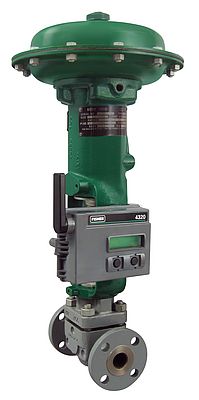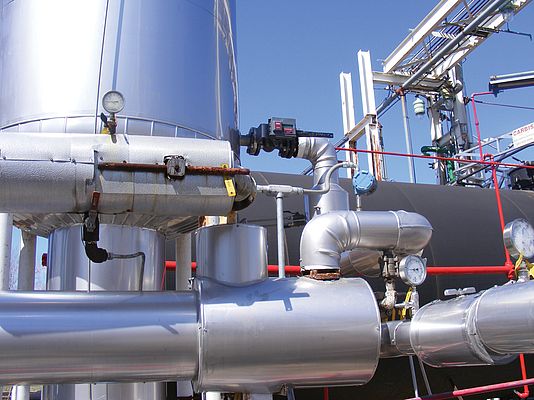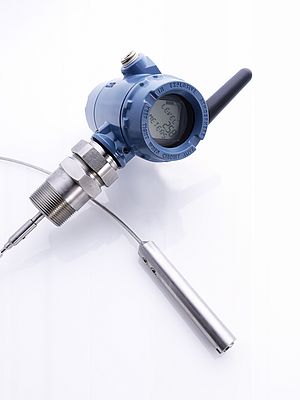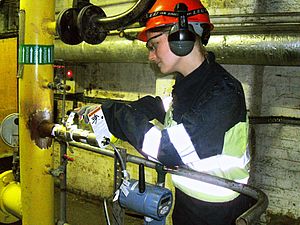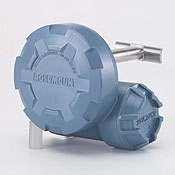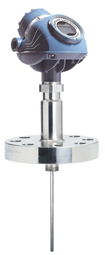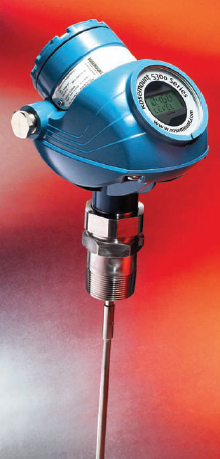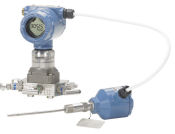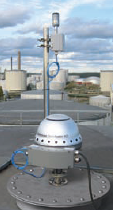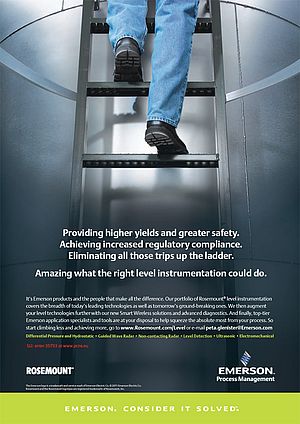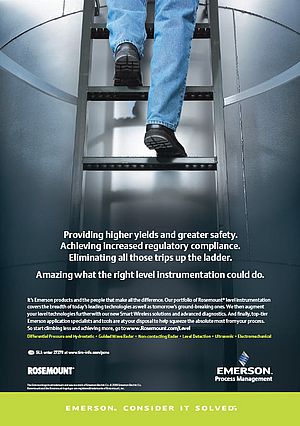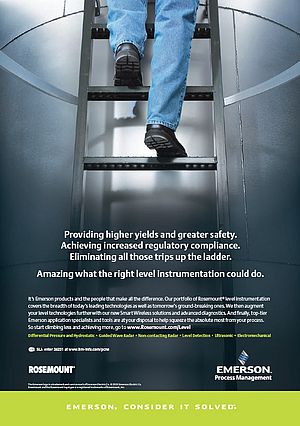A network of wireless position monitors is helping Harcros Chemicals monitor valves previously unconnected to the plant’s control system, helping avoid three product-release incidents and save over €50,000.
Harcros Chemicals in Kansas City, Kansas, USA, uses manual valves for sampling, directing, injection, and extraction processes at the chemical production facility. Many of the valves are in remote, hard-to-reach locations too costly to access with wires. Monitoring them was a difficult process, requiring operators to enter hazardous areas or climb ladders to check the valves’ state or position. Searching for an easier, safer way to monitor valve performance, managers at the Harcros site installed Fisher 4320 wireless position monitors.
Unit manager Kevin Root said the Harcros facility has documented numerous benefits from the wireless instrument applications, and total savings were far beyond the direct cost reductions of a “no wires” installation. “This was about eliminating mistakes and increasing safety,” he said. “Wireless valve position monitoring enabled us to reduce inadvertent emissions and bad batches, as well as avoid the high costs of rework, clean-up, and lost material. Eliminating these costs, up to €17,000 per incident, not including fines, is a good thing for our plant.”
The Fisher 4320 wireless communicating position monitor can be used to monitor the position of any valve, anywhere in the plant. The easy-to-install wireless instrument provides frequent, wireless updates about the valve’s position while reducing the time and risk associated with visual inspections.
At Harcros, worker safety is a primary concern, not only because of the location of the valves, but because of the toxic chemicals the valves contain and control. The facility uses Propylene Oxide and Ethylene Oxide for its processing operations, and exposure to either one can irritate a person’s eyes, skin, or respiratory tract. Leaks involving toxic chemicals can also result in expensive fines.
Sample and drain valves, for example, are opened and purged before and after each batch. Some product may be released or leaked during this process, and a new batch begins every eight to sixteen hours. Adding twenty-two wireless position monitors to these isolated, manual valves enabled Harcros personnel to identify inadvertent emissions before they could result in costly fines or production delays. Downtime, rework, clean-up and disposal can cost the facility up to €17,000 per incident. The wireless monitor units helped Harcros avoid three “product release” incidents, saving at least €51,000, not including fines.
The Fisher wireless position monitors were easily integrated with an Emerson Smart Wireless Gateway and AMS wireless configurators to form a Smart Wireless network communicating with the sites’ existing DeltaV digital automation system. The self-organising wireless network passes signals along to the gateway, bypassing obstructions as needed. Frequent performance updates occur without any involvement by the user. With redundant communication paths, wireless networks provide better reliability than direct, line-of-sight communication between individual devices and a receiver.
“Besides applying the Fisher wireless position monitors to more of our manual valves, we are considering Emerson Smart Wireless technology for tank level management, railway tank wagon monitoring, and a host of temperature, pressure and flow applications at our Kansas City site,” said Lloyd Hale, director of manufacturing at Harcros Chemicals.
In addition to the Smart Wireless solutions already installed at Harcros Chemicals, Emerson offers a wide range of wireless field instrumentation and plant operations equipment, including Rosemount transmitters, Rosemount Analytical and Machinery Health Management devices, and wireless SmartStart Services.
Wireless position monitors
for isolated, manual valves
- by Emerson Process Management - Rosemount Division
- May 17, 2010
- 605 views


